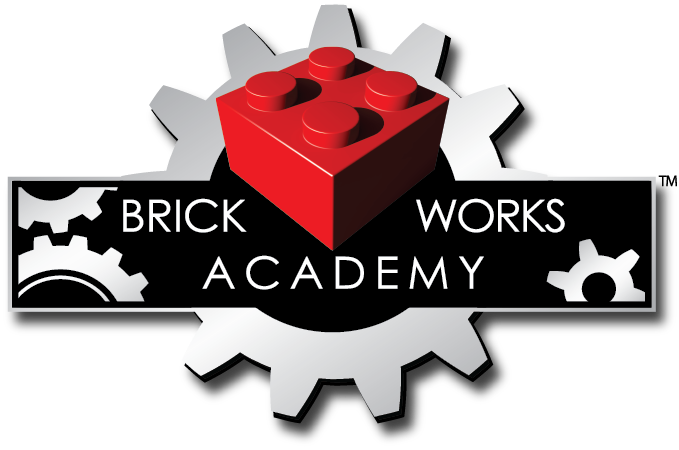Lego - the tiny bricks recognized across the world provides us a universal language of creativity, building and collaboration. Many of us see Lego as the stepping stone between collectors items that you can build with the world of Pop Culture from Star Wars to Strange Things, but children see Lego as a place to explore and discover building and creating off the cusp, without the need for instruction! Unsurprisingly, using Lego is actually a great tool for education for children as it makes learning playful, engaging and relevant while playing with Lego develops builders technical and critical thinking, communication and 21st century skills like coding and robotics!
The Lego Brand even has an Education sector of the business that has been working with educators for over three decades to develop experiences in the classroom that bring learning concepts to life using lego and other modern digital tools. These principles make up what we do at Brick Works Academy. With a wide variety of STEAM camp themes available for summer, including LEGO Jr Robotics, kids of all ages can join camp to have fun, while learning relevant and applicable skills that they can take and use during play time at home, at work in the future or with their friends and family.
Here are 4 reasons why educators recommend that you should consider bringing Lego into your home to foster a creative learning environment for your kids:
Lego Promotes Fine Motor Skills. Children practice dexterity as they connect Lego pieces of different sizes and shapes. This requires different amounts of pressure to assemble and becomes a wonderful exercise for little fingers which supports children in being able to control the pressure they apply while writing.
Lego Improves Creativity. Creativity is improved as children use various shapes, colours, and sizes of Lego to construct intricate designs, be it a police station or a spacecraft traveling to the moon. Creativity and imagination is fostered when children have no limitations to what they can make. In this situation there is no right or wrong, so children can explore their creativity without the fear of failure.
Lego Develops Problem Solving and Mathematical Thinking. Following instructions to assemble Lego also has a lot of benefits for children’s problem solving, focus, and attention to detail. Ideas of symmetry, balance, shapes, and sizes are explored during play with Lego. Children experience working with fractions when they observe how many small pieces can fit into a large piece and can begin to experiment with division.
Lego Develops Lateral Thinking and Planning Skills. Following Lego instructions can be challenging. However, it does help children to develop planning skills as well as lateral thinking. When faced with an assembly problem, children have to retrace their steps and analyse their work in order to find parts that need fixing.




